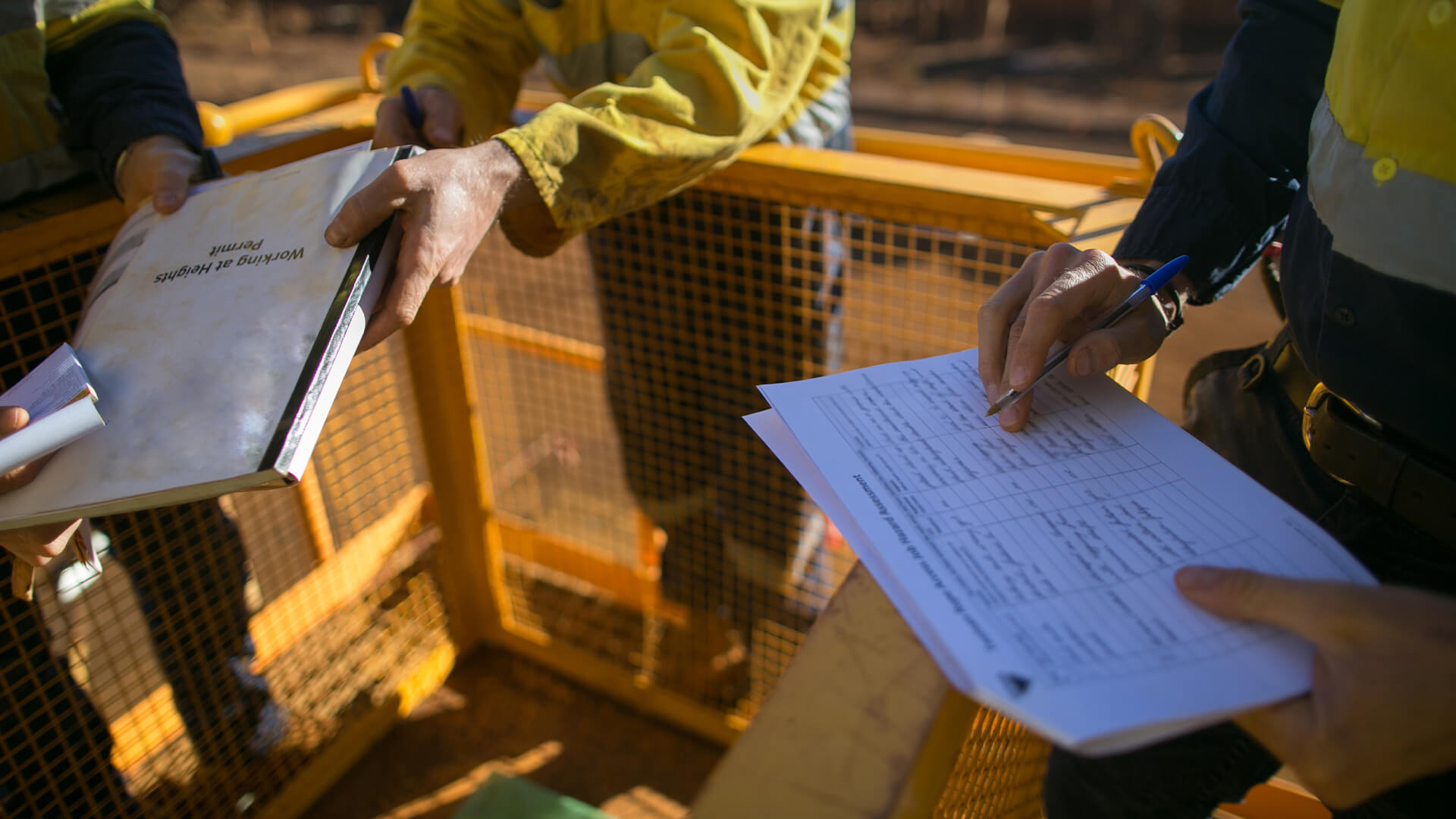By Barry Eagle, MD at GripClad
When assessing budget and putting together a financial plan in the construction sector, the aspect of safety can very often take a back seat. While it’s easy to neglect this area and focus on other concerns such as equipment and marketing, safety is one area that no business can afford to skimp on. It’s vital to give a good amount of attention to your safety budget, so to help you put an effective plan together, consider these three strategies.
1. Examine trends in safety incidents at your company
In order to identify where budget should be allocated when it comes to safety, you need to think hard about the kinds of accidents that happen in your company. Look at records and observe employee activities to help assess this.
While this can be a time-consuming project, any insight you can obtain from what really happens among your staff will be extremely valuable. For example, are there more incidents that occur as a result of slips and falls, as opposed to any other hazard? If so perhaps you need to look at your steps and flooring, and consider installing non-slip materials such as GRP gratings.
Ideally, every accident, no matter how insignificant it might seem, should be properly recorded so it can be included in analysis when allocating safety budget in the future. You could also look at any compensation claims and employee health records to obtain further insights.
2. Talk to your employees about their safety concerns and needs
Ultimately, most safety precautions that a construction company needs to invest money in are there to protect staff. Therefore, it’s helpful to talk to employees to get first-hand information about a range of safety aspects. It’s your staff who are likely to experience issues and be exposed to potential hazards during their normal day to day.
In addition to making a point of talking to employees about their safety concerns and needs, consider asking them to fill out a survey once or twice a year. Written accounts of their opinions will be useful when the safety budget needs attention. In the survey, be sure to ask questions about any incidents they have experienced, specific concerns or queries, and their suggestions on how to improve safety in their workspace.
After communicating with staff, and requesting their input, be sure to act on feedback. By implementing safety ideas that your employees have offered, or making a point of addressing specific concerns, you’ll find that staff will feel more confident where safety is concerned. Plus, there’s the added benefit that they will feel appreciated and more willing to offer ideas in the future.
3. Look at information from official government reports
To achieve compliance with safety legislation, and to ensure your employees are properly looked after and your sites stay 100% safe, it’s imperative to look at official reports. The UK governmental agency, Health & Safety Executive (HSE) is concerned with all matters of workplace safety, and as such they regularly publish statistics and advice regarding safety. See their statistics regarding health and safety in the construction industry in 2019.
By paying close attention to reports and advice released by HSE, and by other safety bodies such as CHAS and IOSH, you can often be proactive instead of reactive to safety concerns within your construction company. Look at specific areas of concern, or repeated themes in the publications of safety bodies, and consider how these could be relevant to your business.
When a safety budget is set, use information gathered from official reports to help determine where you should be spending. This should help you achieve a safe environment, and stay one step ahead when it comes to compliance.
Why a well-planned safety budget is vital
Because of the financial impact that a lack of safety precautions can have, your safety budget has a direct effect on your bottom line. When budgets are due, it’s important that due consideration is given to safety, and for construction businesses to plan ahead to make sure funds are available for safety costs, if and when they are needed.
The indirect costs of safety problems can be huge, and so any funds invested will likely be more than worthwhile. There are many ways that an incident might cost a construction company – not all of which are financial;
- Fees incurred due to non-compliance
- Cost of business downtime
- Loss of faith from stakeholders
- Cost of paying for additional staff
- Cost of broken equipment
- Increased insurance premiums
- Compensation costs
When planning your safety budget, the three methods outlined above can be used to gain a good understanding of what your company needs. Armed with this information it should be possible to effectively address any areas of risk, and to provide all the tools and training your staff need to maintain a safe workplace.

































